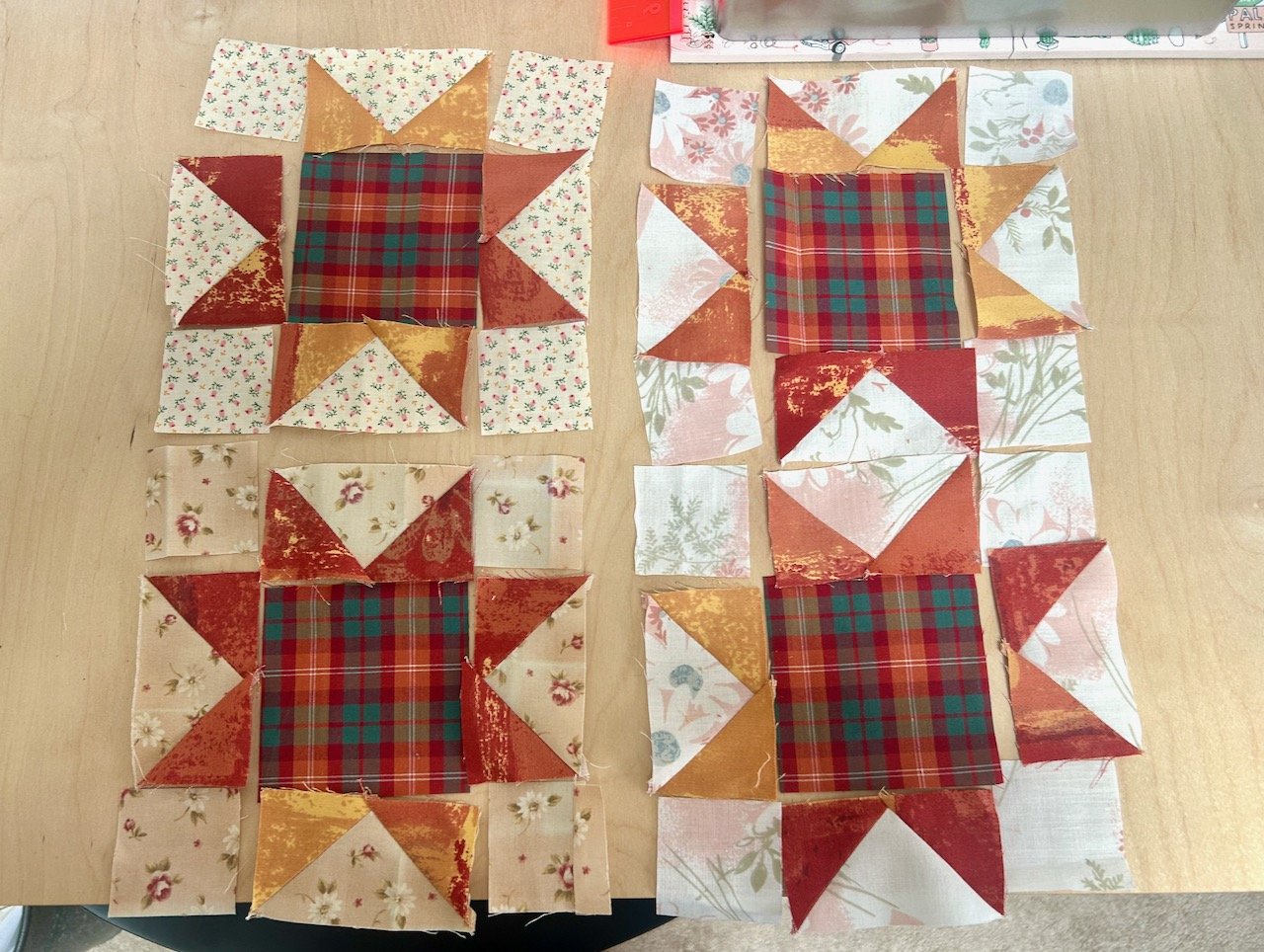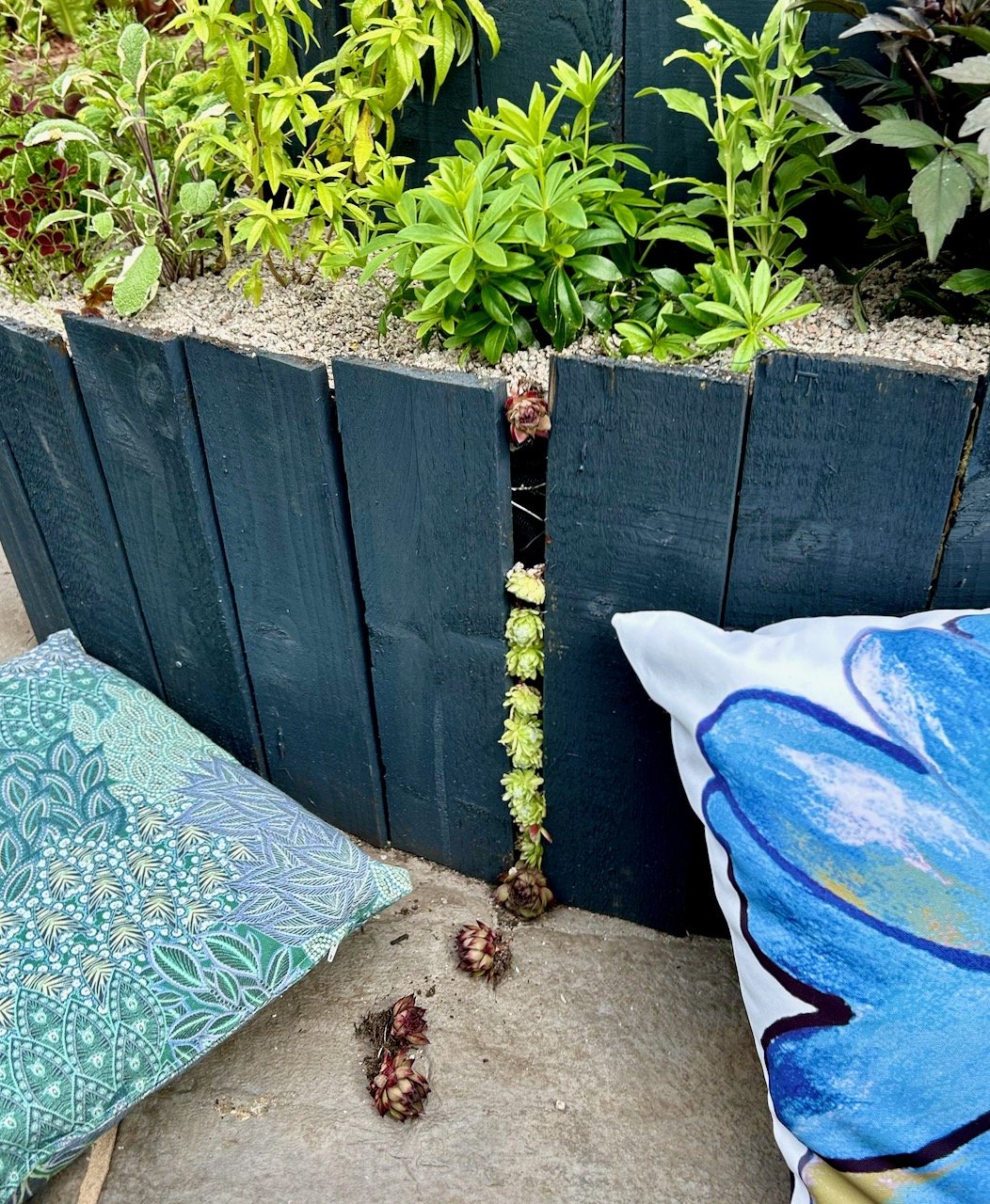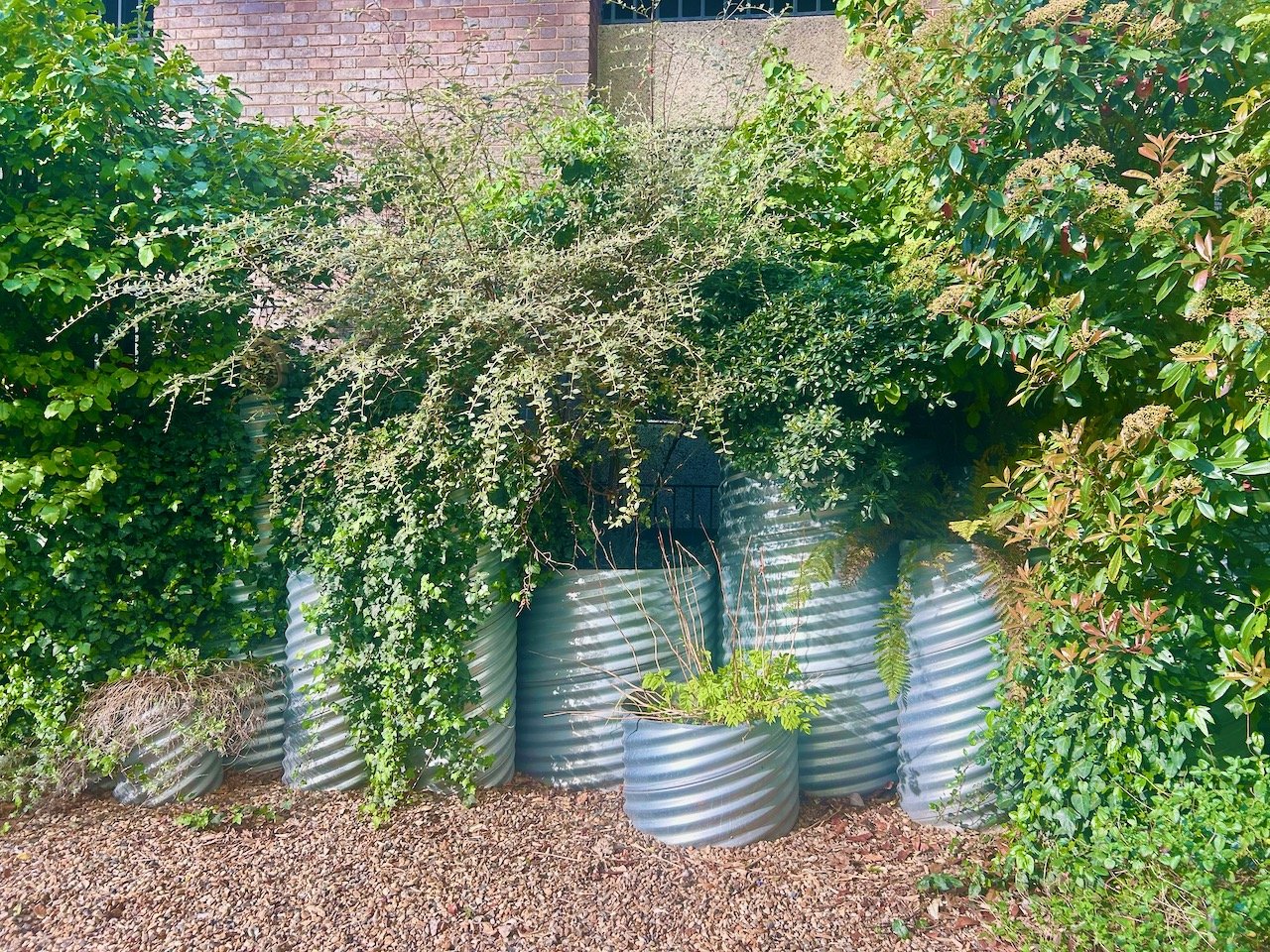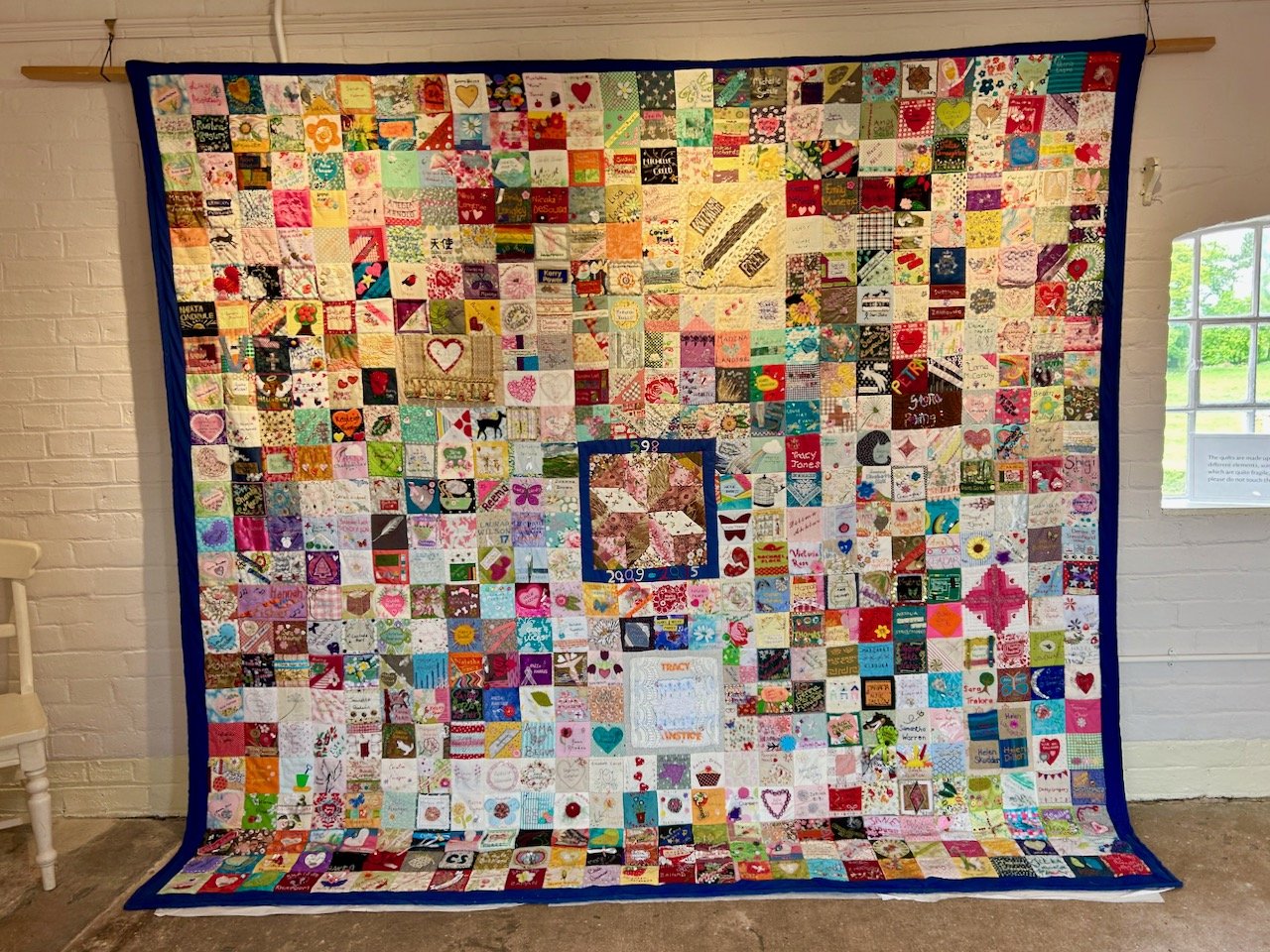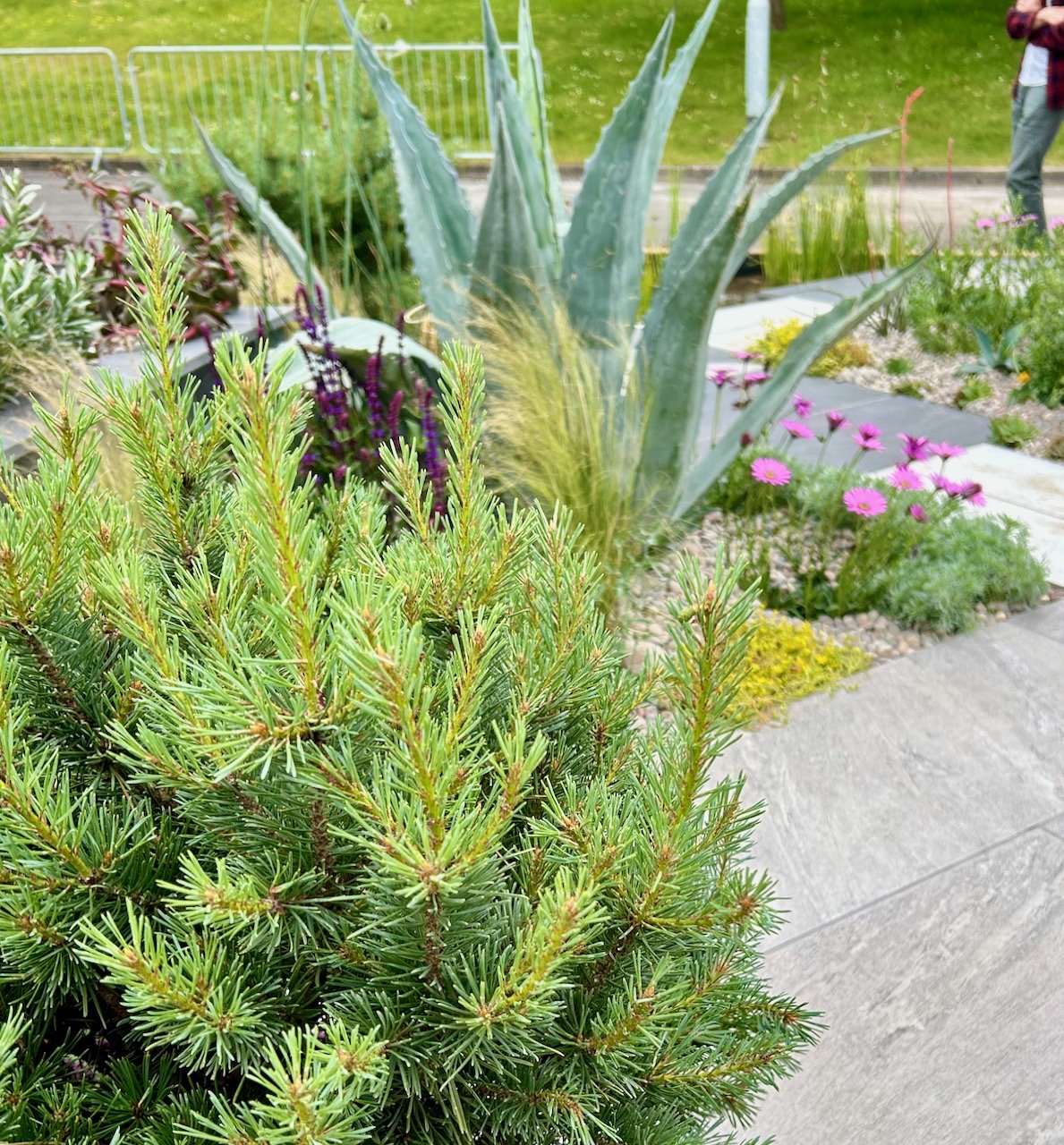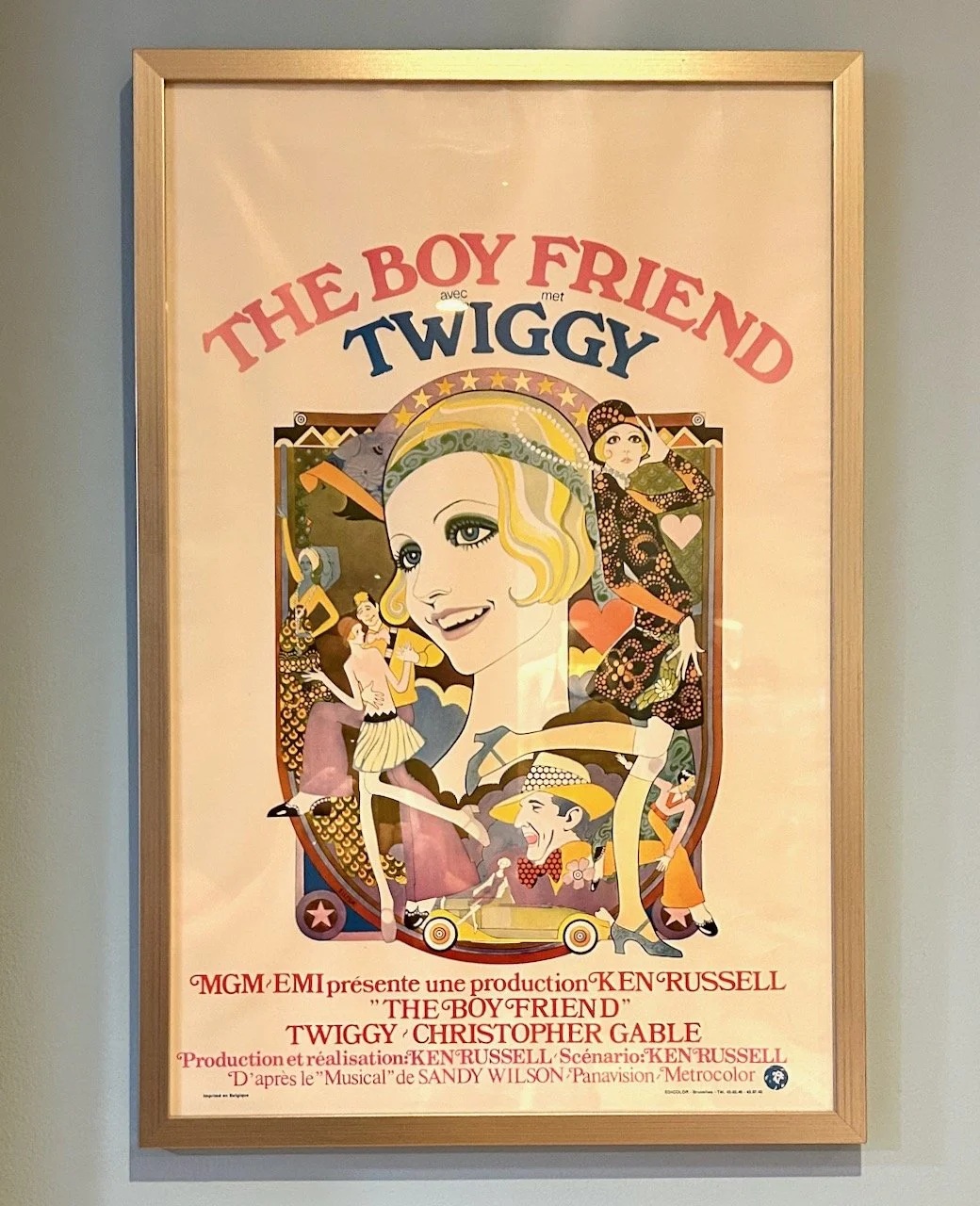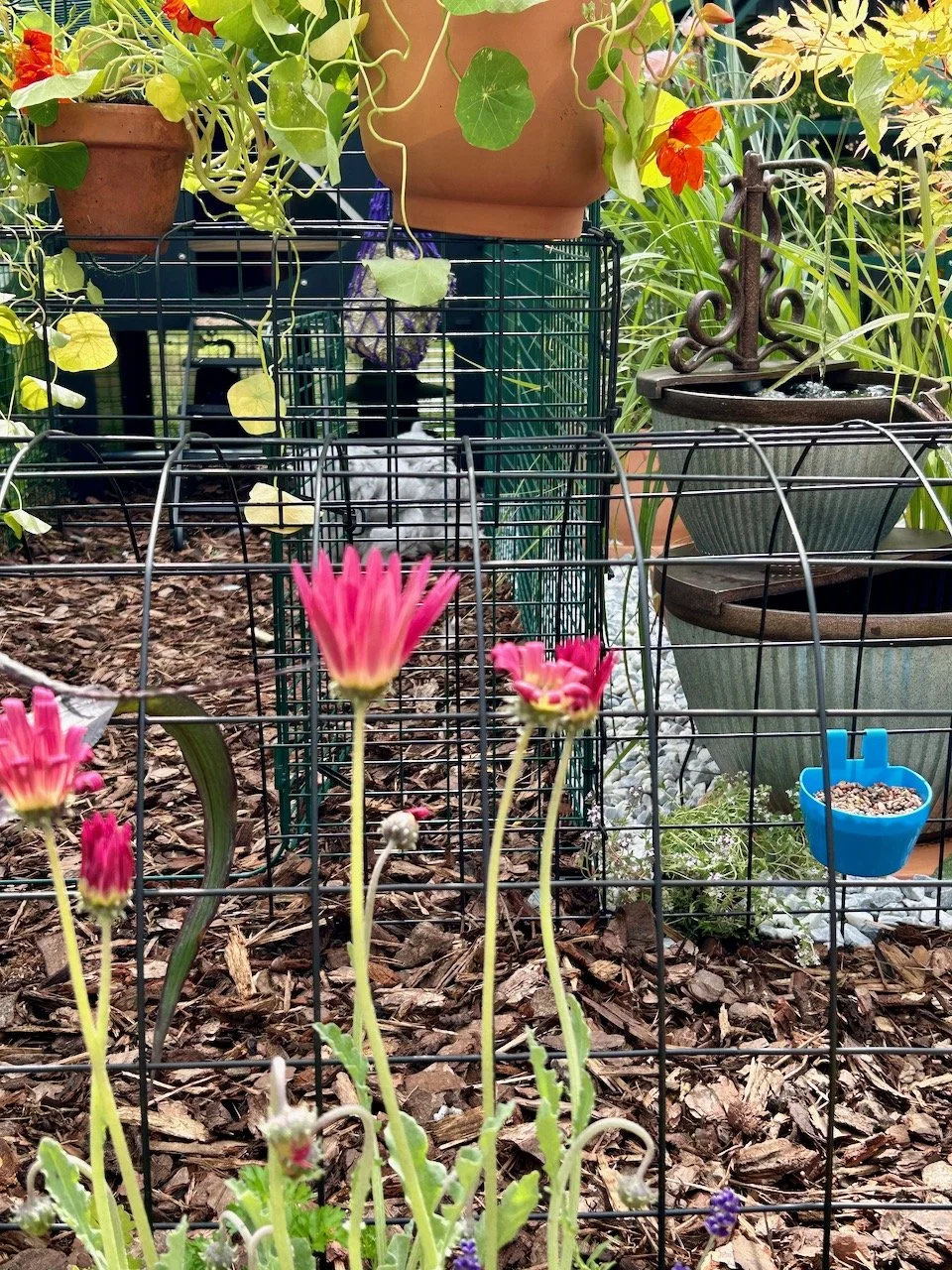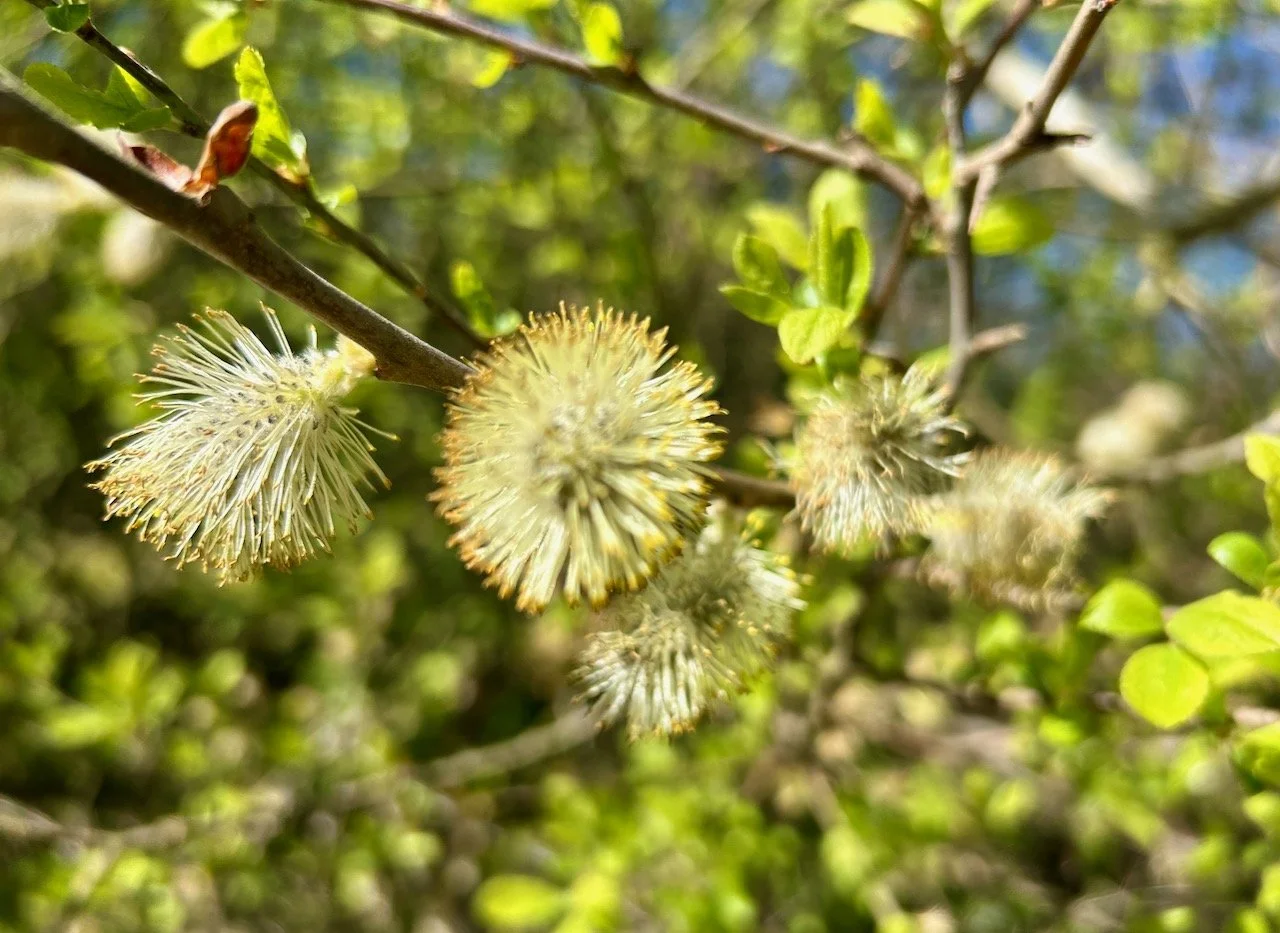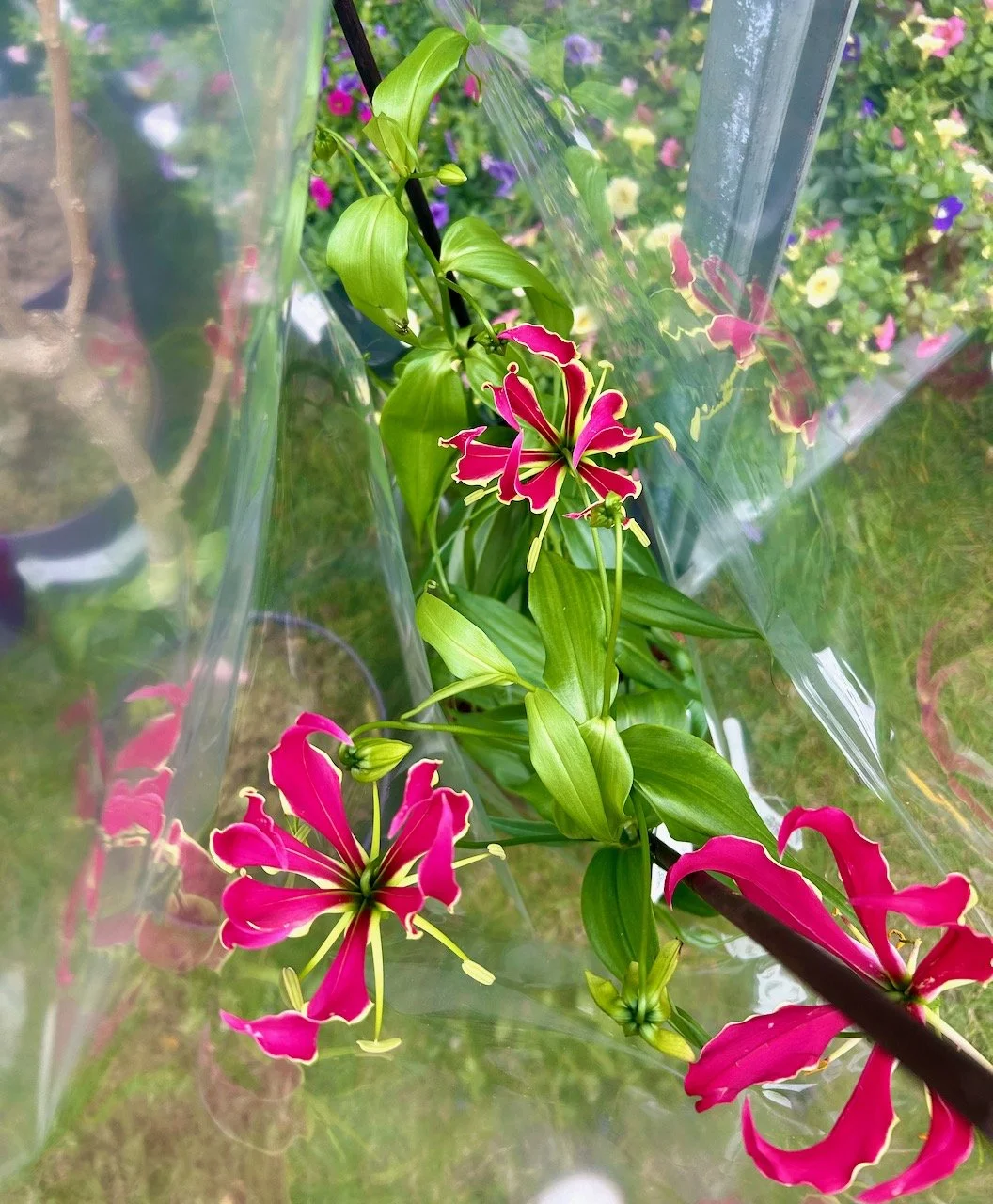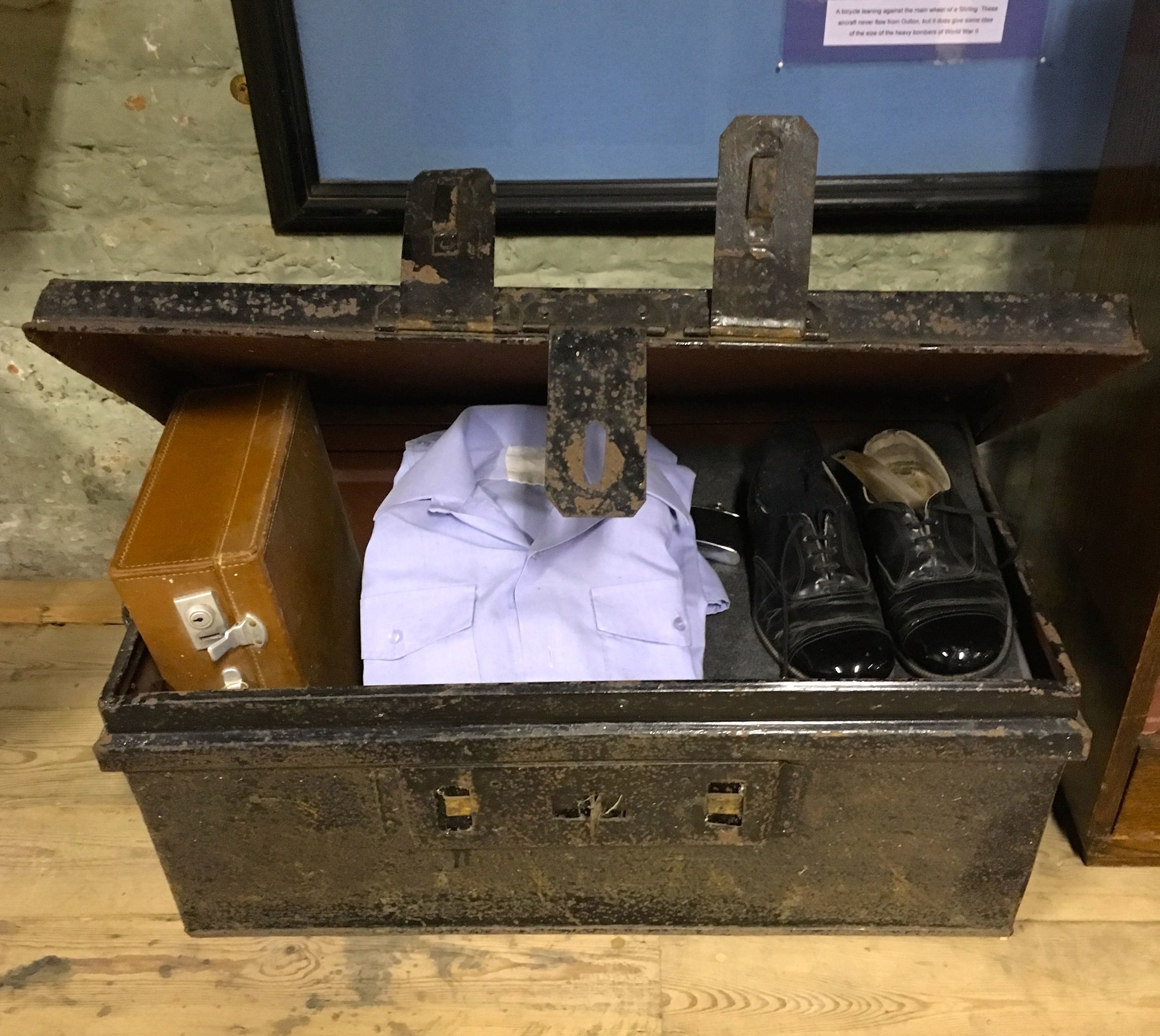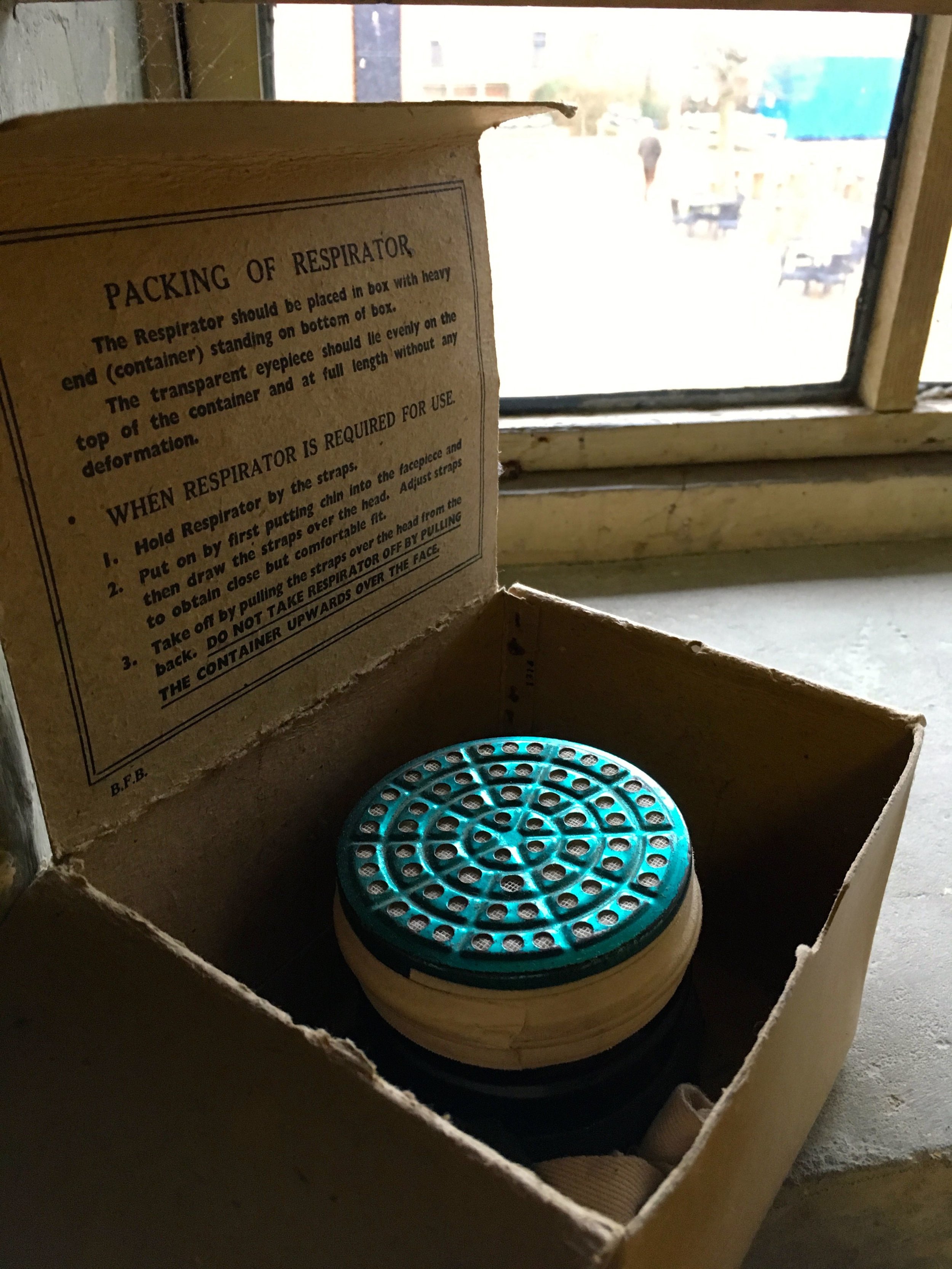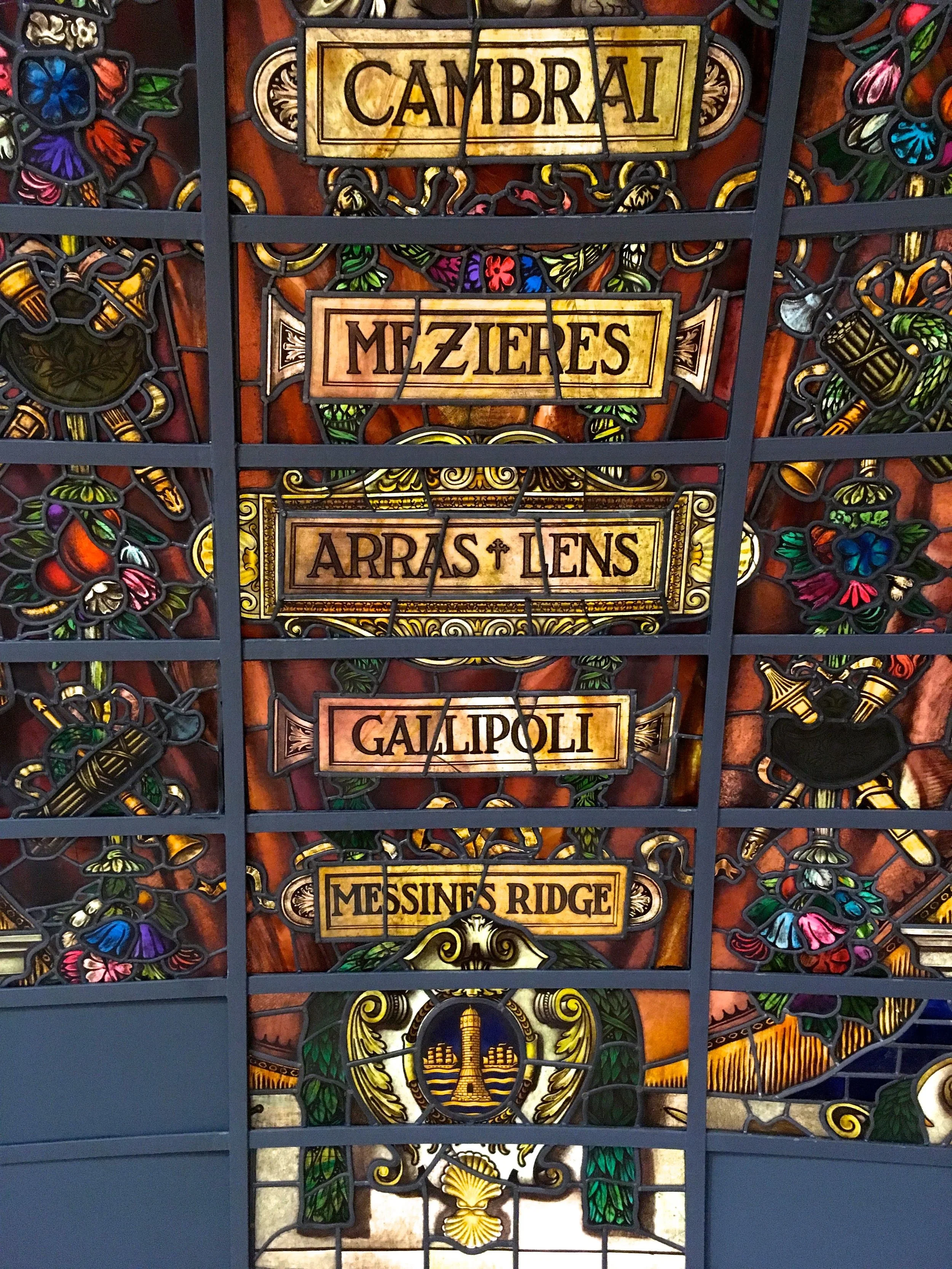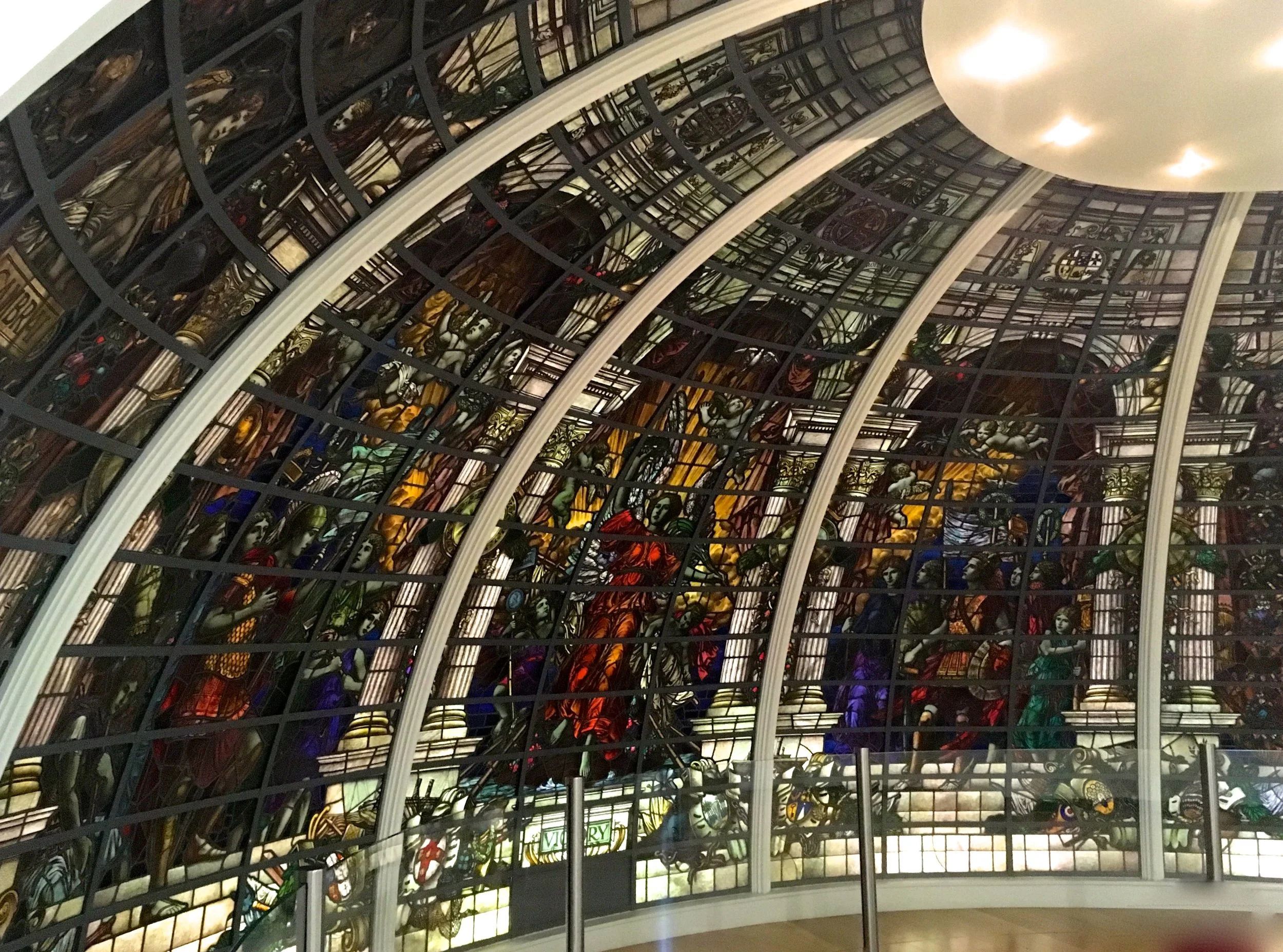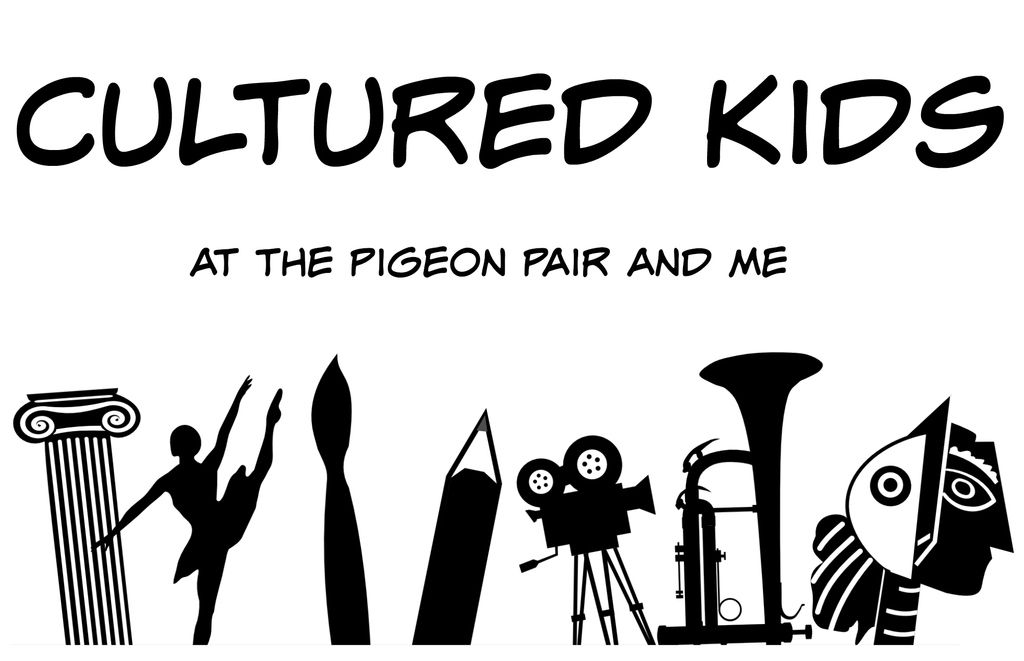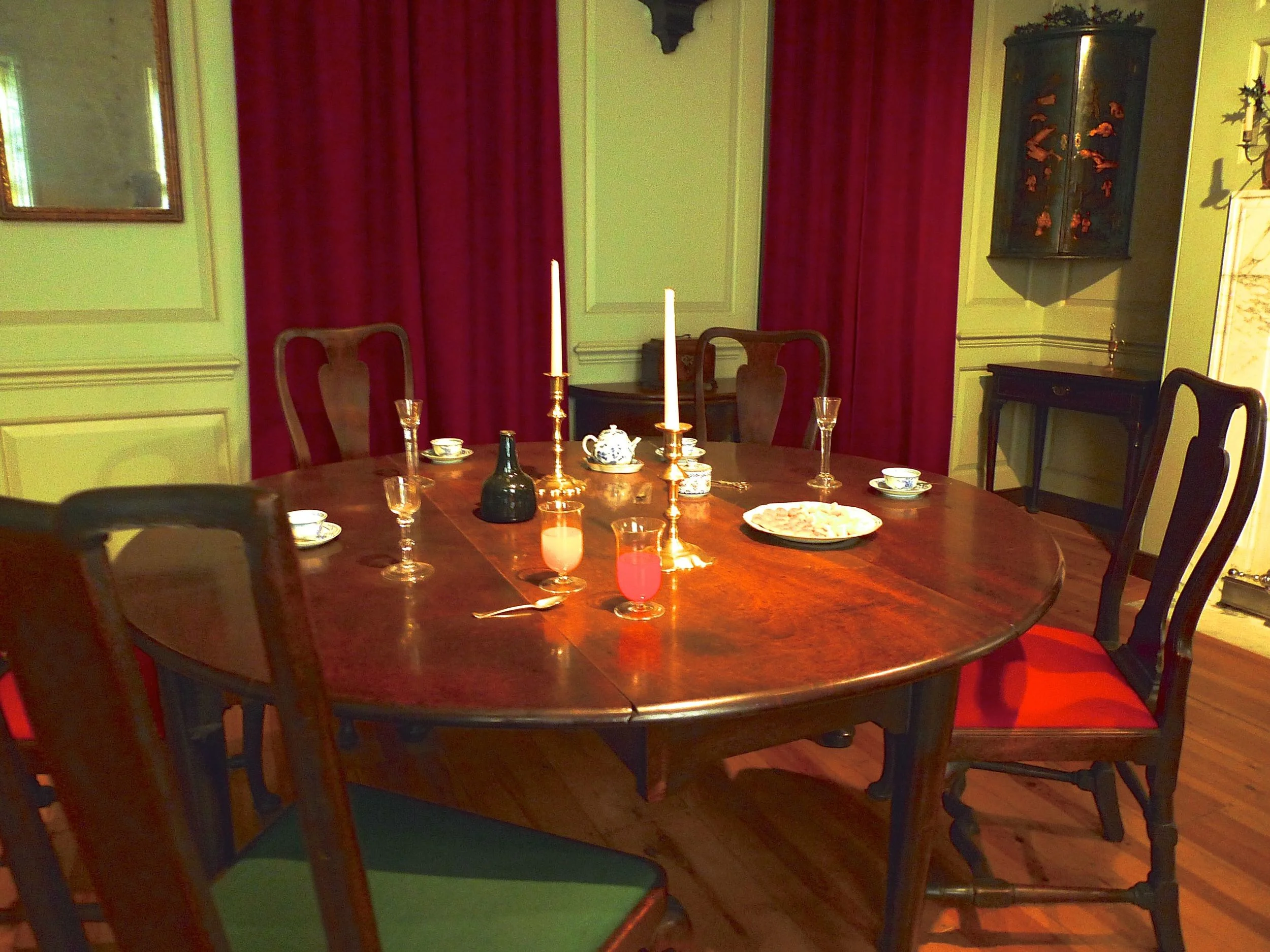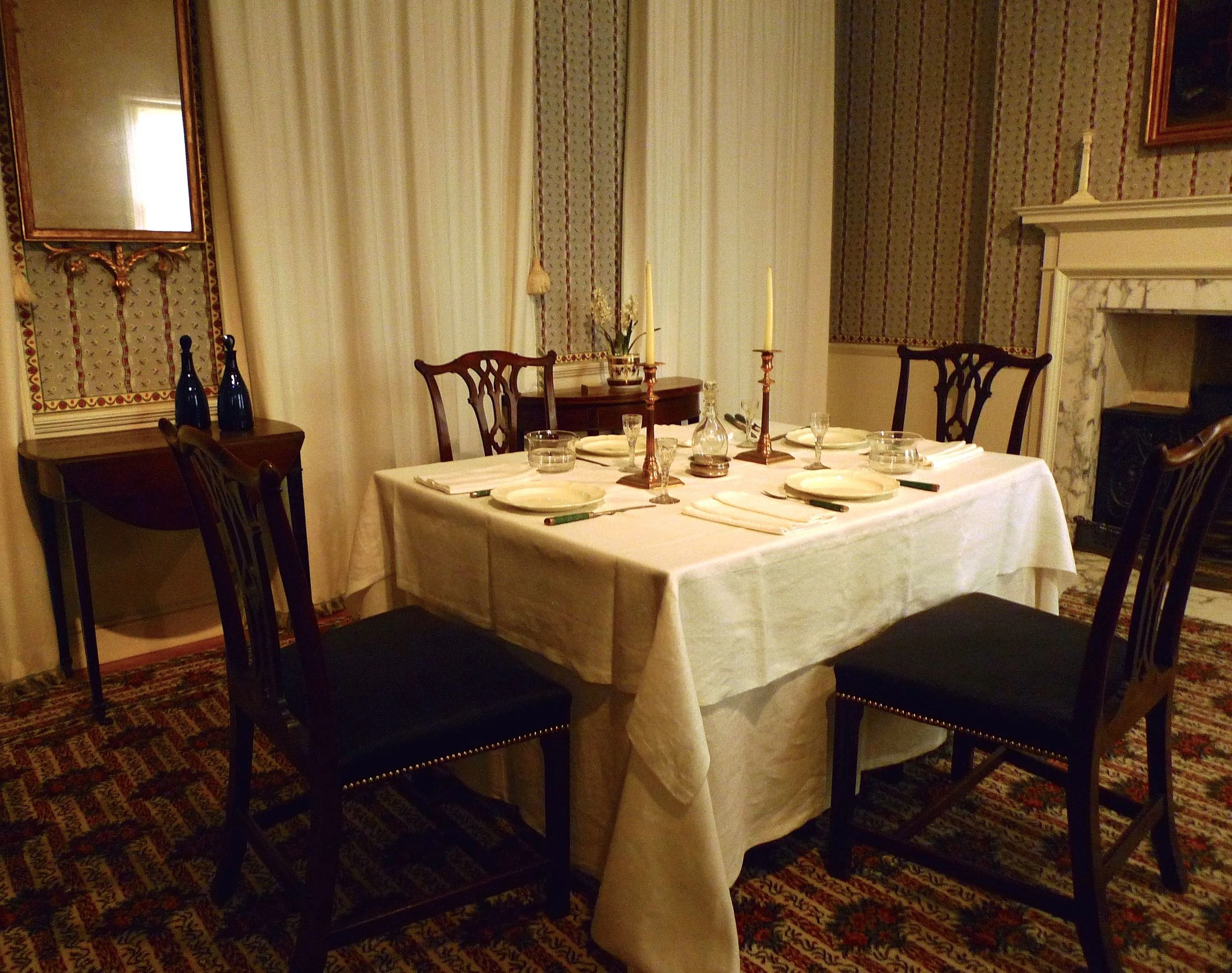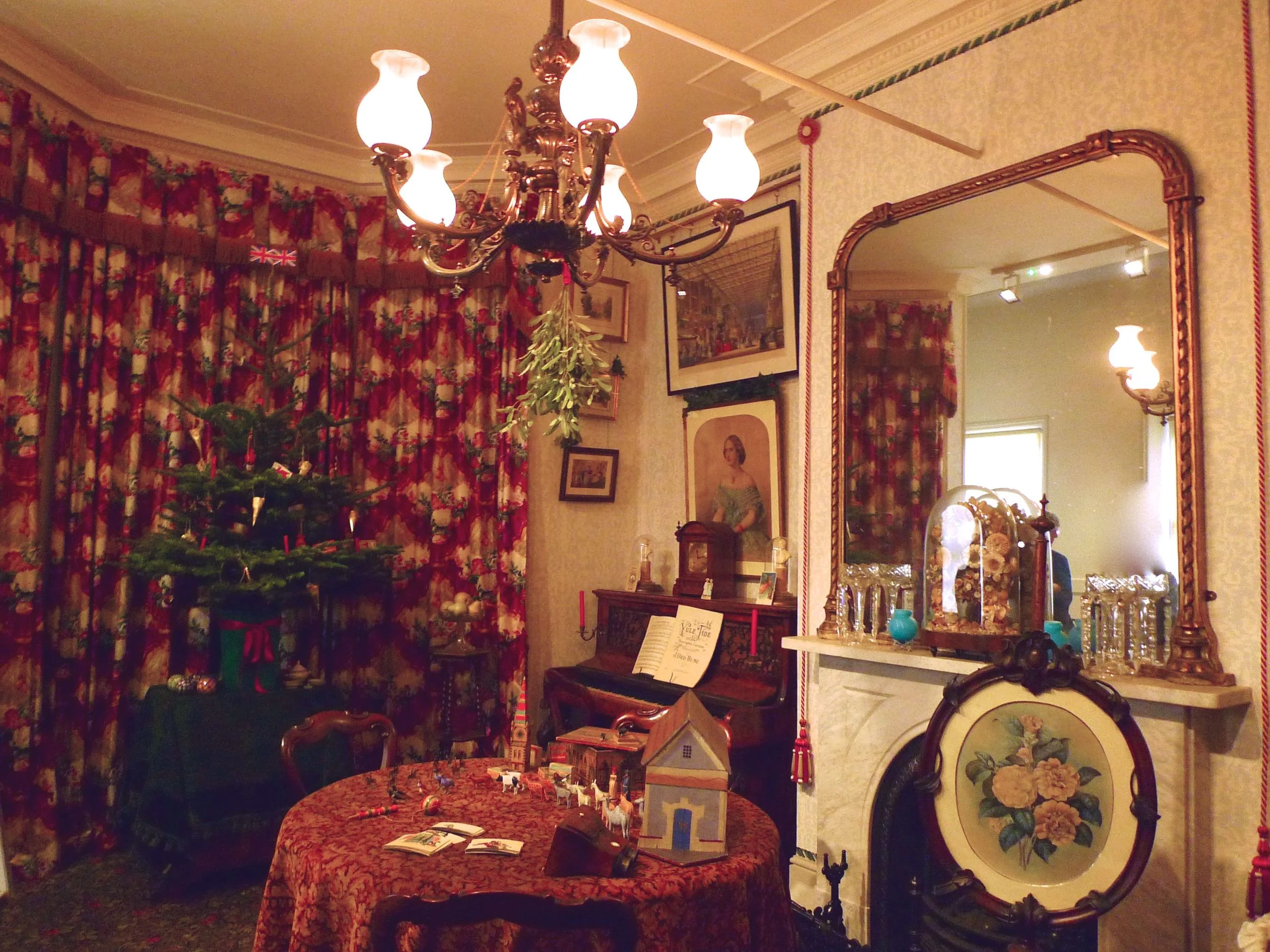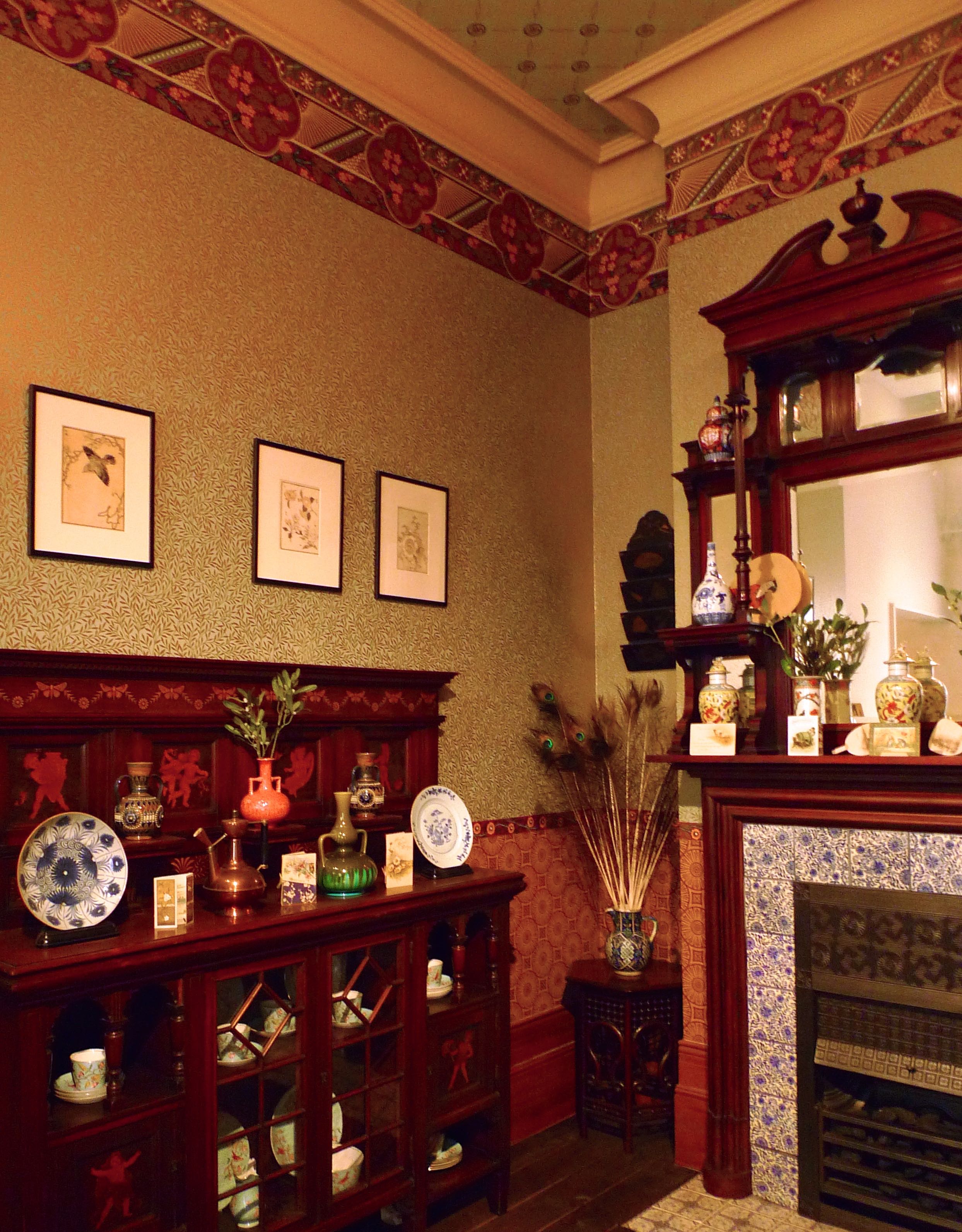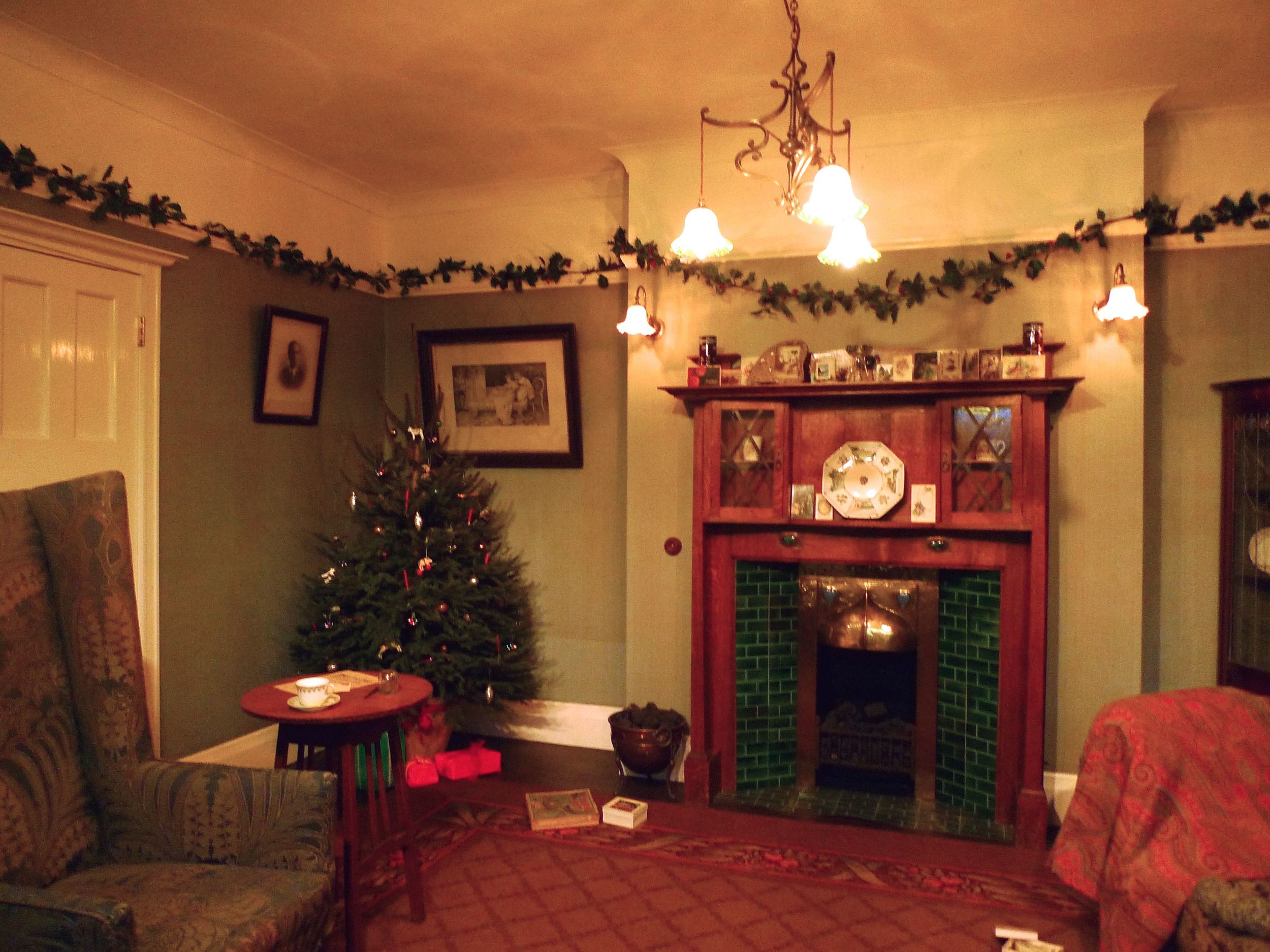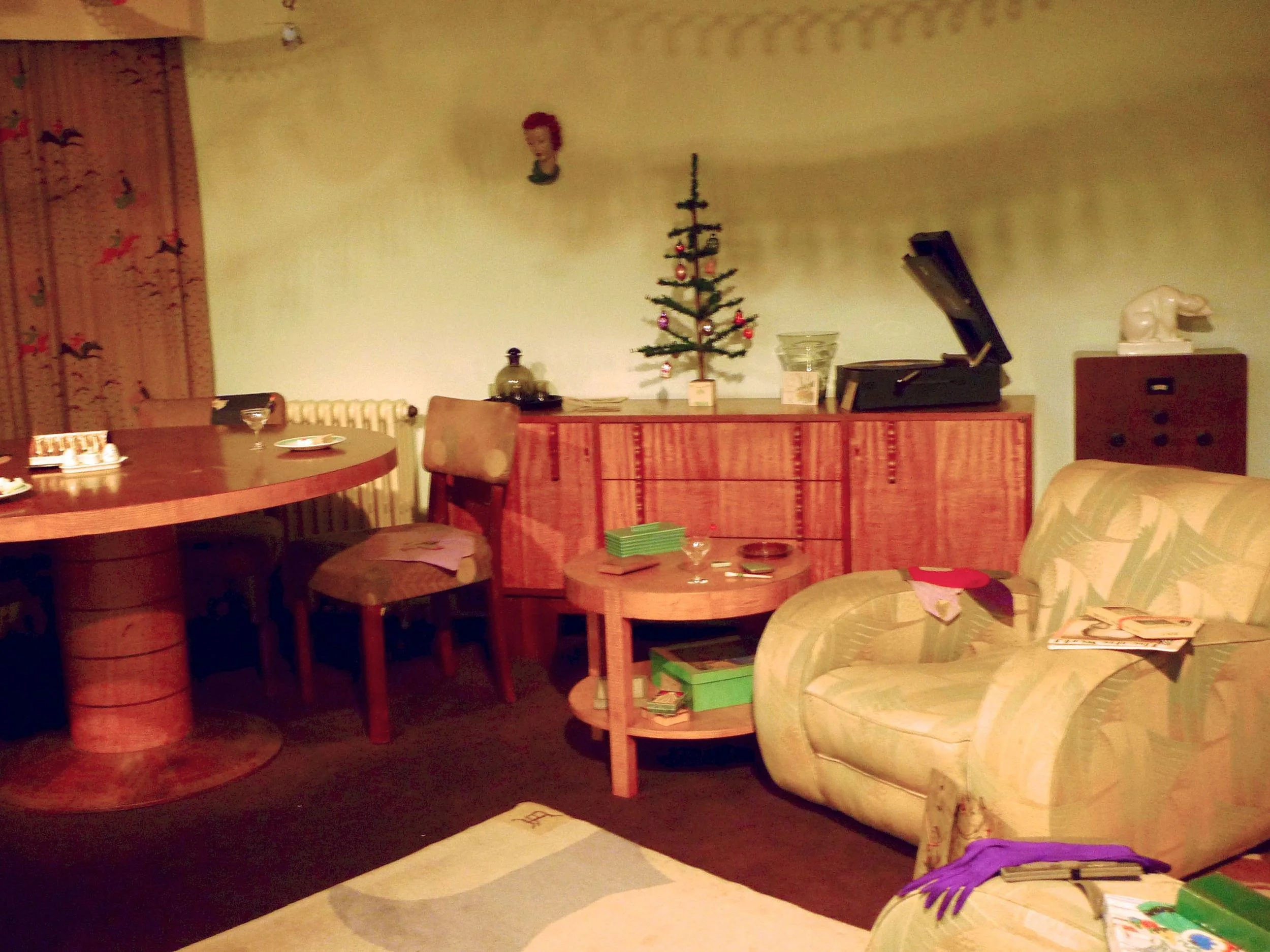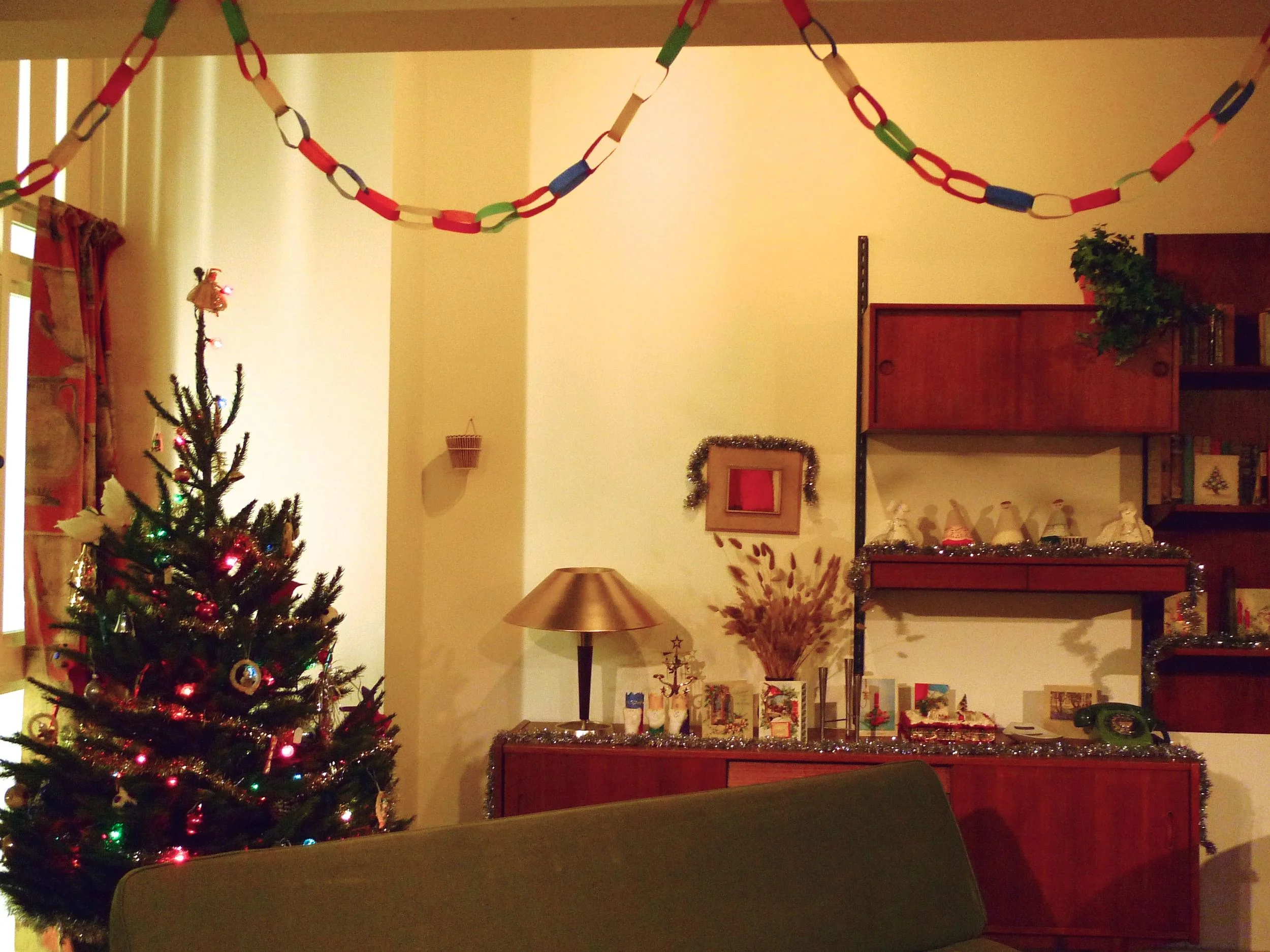Today I'm sharing the last in this series of posts from the Blickling Estate, and it's not quite the garden posts I've shared so far. Upstairs above the entrance to the gardens there's an exhibition about RAF Oulton which was built just west of the main estate close to Aylsham.
It was mostly a bomber base, with grass runways and a few buildings and flow alongside squadrons from what is now Norwich airport and was built and active during the Second World War, used to store aircraft after the war before being closed for good in 1949.
Most of the personnel transferred here from relatively nearby RAF Sculthorpe, as well as some from the American airforce, although the Americans were only here for four months. The exhibition showed many pictures from the time and had one area set out with a bed and another as a mess room, complete with games of the time, such as shove ha'penny, which reminded me of the board that mum and dad have. And of the time one Christmas, a while back, that they taught my youngest niece the game. From the look on her face, she was waiting for the rest of the game to unfold, before realising it really was quite simple and more fun than she first thought.
There were plenty of memorabilia around too and we spent some time just marvelling at how life must have been at the time. It's not just the items though that captured my attention, but also the handwriting on things like this ration book, it really is of the time isn't it? And I wonder, how and why our handwriting style changed.
It was a fascinating space, packed full of information about the Second World War, definitely worth a look if you're there.








